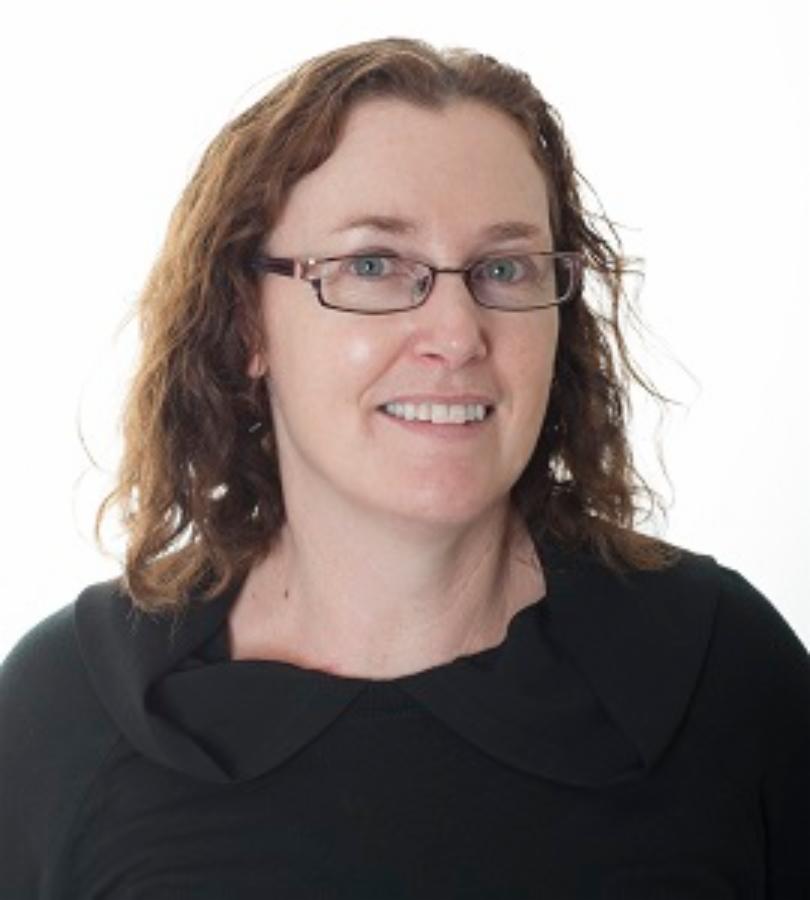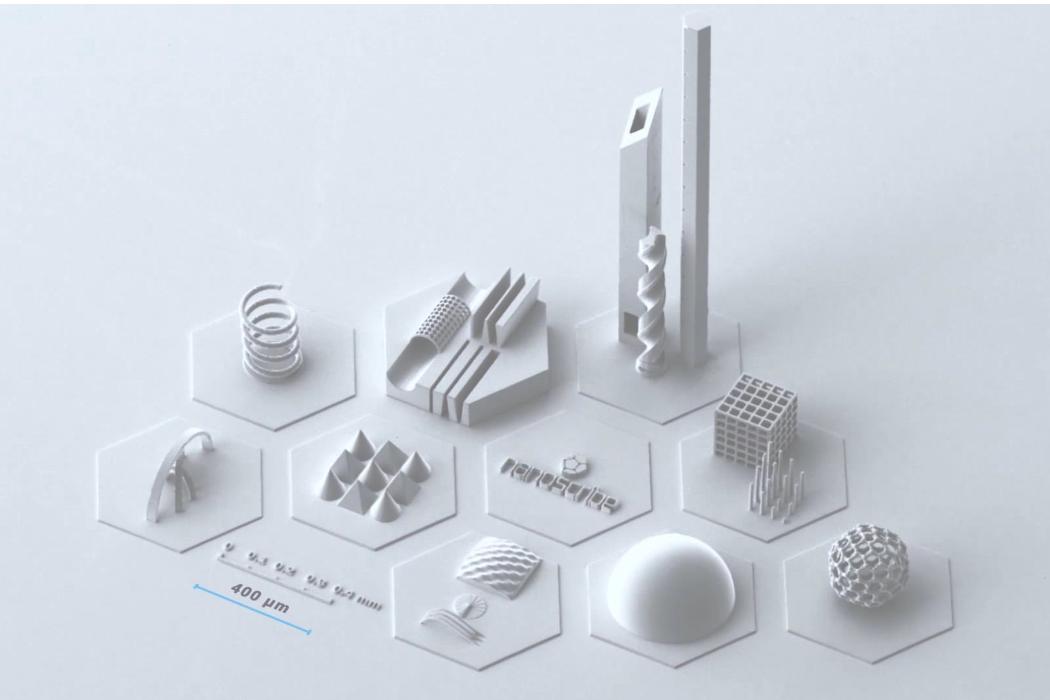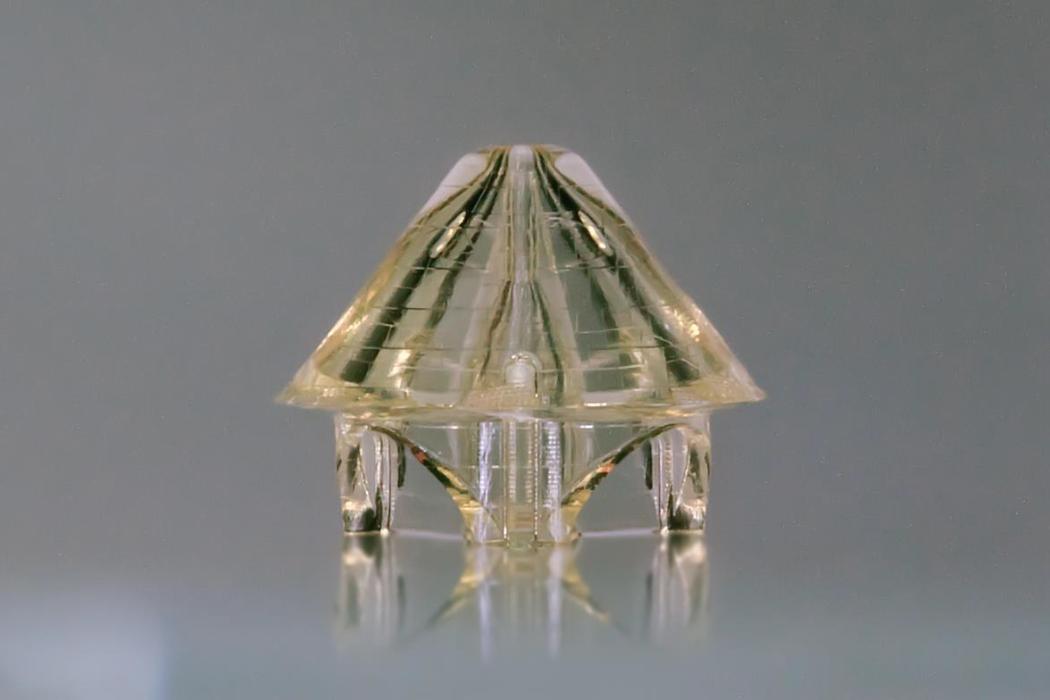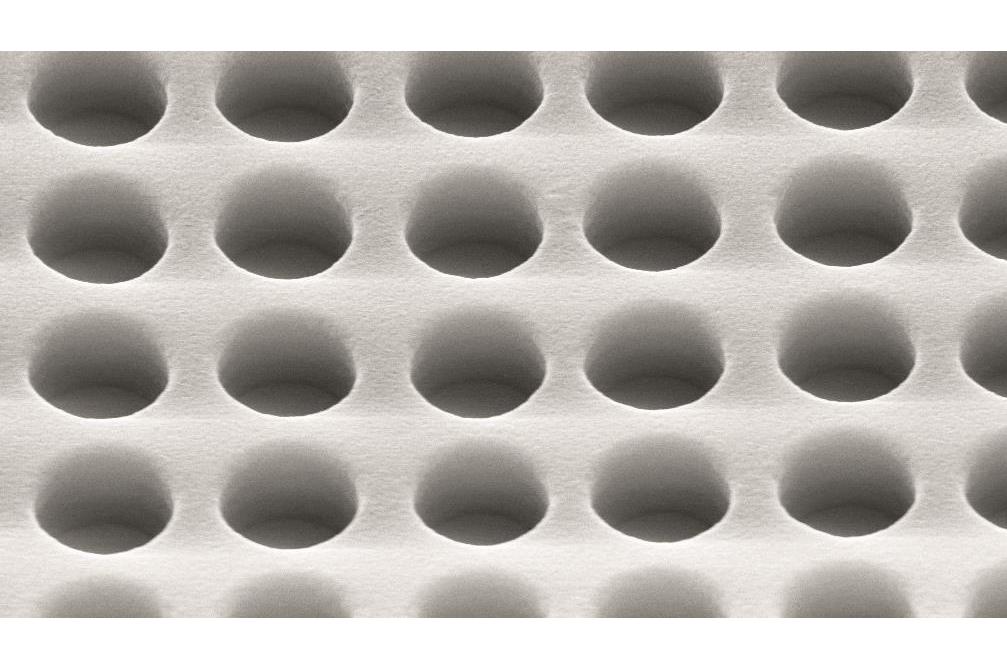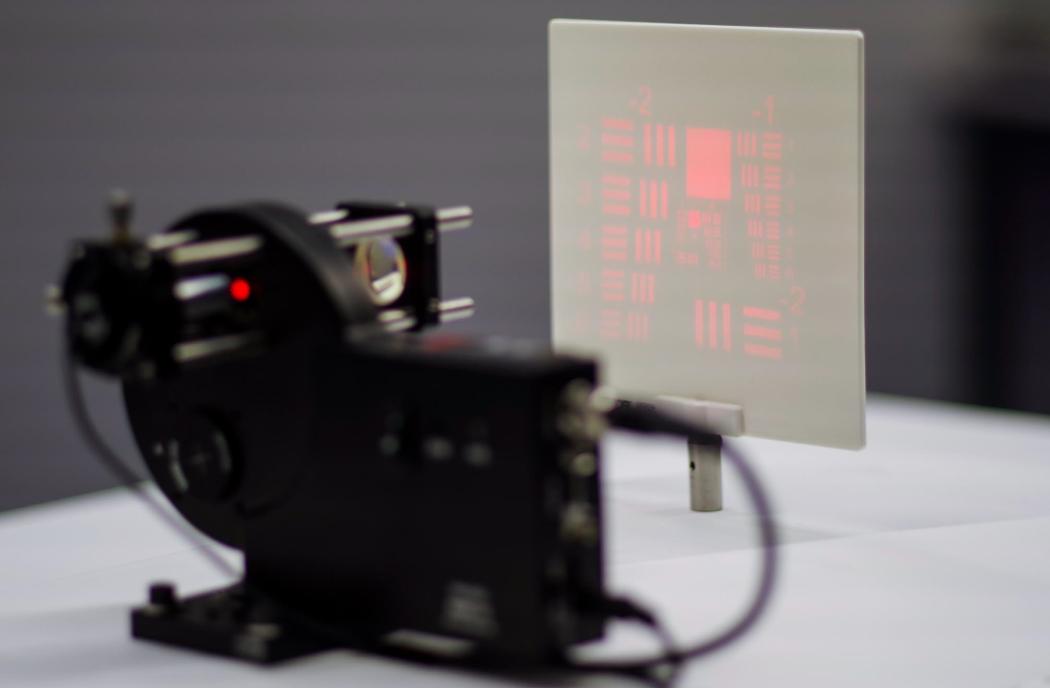The latest nanofabrication tool to arrive at the University of Canterbury’s Nanofabrication Laboratory (NanoLab) is a Photonic Professional GT2 (PPGT2) two-photon polymerisation 3D printer from Nanoscribe GmbH in Germany. Currently being the world’s highest-precision 3D printer, this tool allows for the high-speed fabrication of fully three-dimensional nano- and micro-scale structures with lateral feature sizes down to 160 nm.
The tool’s capabilities complement the resolution of existing planar nano- and microfabrication processes available at UC, such as UV-based photolithography (>3 µm) and electron beam lithography (>30 nm), and extend these into the third dimension by being able to produce arbitrary 3D shapes, such as crystal lattices, porous scaffolds, naturally inspired patterns, smooth contours, sharp edges, undercuts and bridges.
The PPGT2 achieves this via the process of two-photon polymerisation. It is a non-linear optical process where simultaneous absorption of two photons in a photosensitive material leads to a localised polymerisation. All non-polymerised material is then washed out to uncover the structure. The final material of the structures is not restricted to just photosensitive polymers however, as the initial structure can be converted into silicon or metals via secondary chemical processes.
Two-photon absorption uses a high-intensity, tightly-focused infrared femtosecond laser beam to achieve polymerisation. As the absorption is proportional to the square of the intensity, it only takes place in the focus, providing high spatial resolution. The material polymerises only in the ellipsoidal focus, termed “voxel” or volume pixel, and by scanning the laser through the resist in all three dimensions the desired structure is written voxel-by-voxel. Oxygen surrounding the voxel further limits the polymerisation to a certain extent, enabling feature sizes down to ~100 nm. In addition, many polymers have almost zero linear absorption in the near-infrared, meaning the laser can penetrate deeply into the material and produce otherwise impossible nano-structures.
This third-generation PPGT2 includes scalable technology to extend the high precision of two-photon polymerisation from the nano- and microscale to meso- and macroscale objects, all while maintaining a simple CAD workflow similar to conventional 3D printing. The system installed at UC comes with a complete set of 3D microfabrication solutions for large (up to 8 mm high, 1 mm diameter), medium (up to 400 µm diameter) and small features (up to 200 µm diameter, lateral feature sizes down to 160 nm), as well as for maskless lithography on up to 4” diameter substrates at sub-micrometer resolution.
From an applications point of view, the systems can be used for prototyping, small series production of ultra-high precision parts, the assembly-free production of optical components on chip, tooling for moulds and subsequent mass production, and to materialise ground-breaking ideas in academia and industry. At UC, examples of these include the development of next-generation lab-on-a-chip devices for medical and biosecurity applications, nano-robotics, metamaterials, and the fabrication of biomimetic structures to study cells and bacteria.
The facility is available to both research and commercial users. If would like to know more, please contact Associate Professor Volker Nock.



